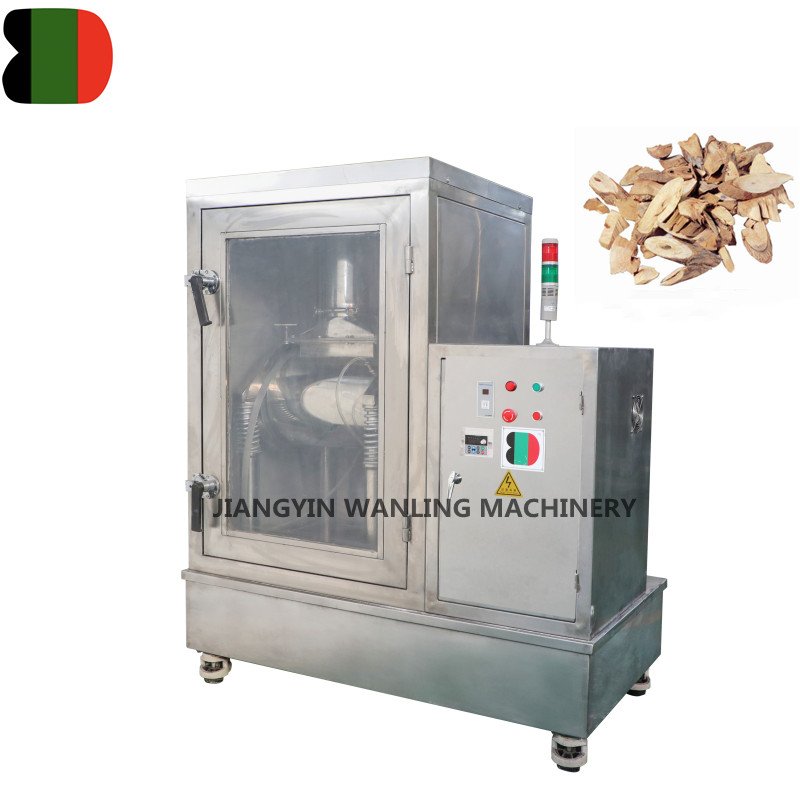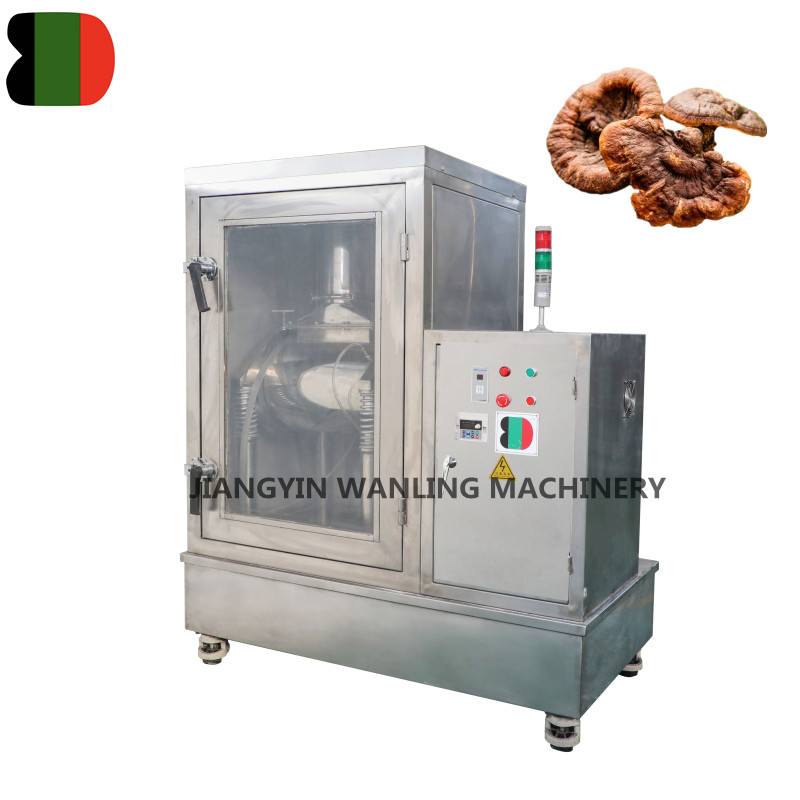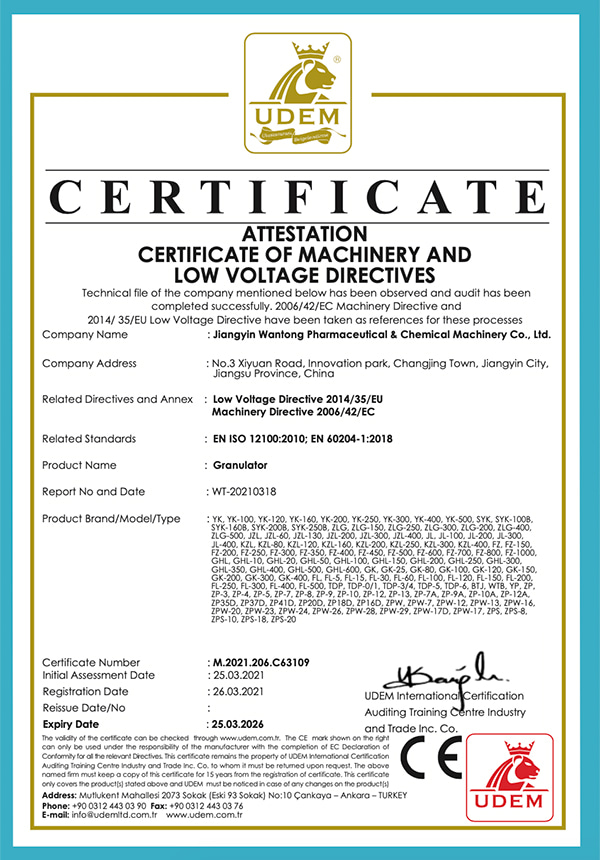Vibrating Grinder Manufacturer
-

WFM Mushroom Vibrating Mill Machine
The vibrating grinder machine is effective for any fiber, high toughness, high hardness or a certain degree of water content of the material... -

WFM Mushroom Ultra Fine Powder Making Grinder Machine
The mushroom grinder machine is effective for any fiber, high toughness, high hardness or a certain degree of water content of the material ... -

WFM leaves fine powder making grinder machine
The leaves fine powder making machine can use many bars vibrating and grinding material to fine powder, the leaves can be crushed to 80-3000...
This is a horizontal vibrating grinder. It can crush any fibrous, high-toughness materials, especially suitable for traditional Chinese medicine and other special materials that cannot be crushed to the required fineness with conventional mills.

About Us
Honor
-
 Honor
Honor -
 CE
CE
News
-
Industry News 2025-12-12
How to Choose the Right Ribbon Blender for Powder and Granule Mixing Choosing a ribbon blender for ...
View More -
Industry News 2025-12-07
Introduction: The Versatile Workhorse of Size Reduction In the vast landscape of industrial processi...
View More -
Industry News 2025-11-24
The Importance of Efficient Mixing in Powder Processing In powder processing, achieving a uniform an...
View More -
Industry News 2025-11-18
A rapid mixer granulator is a high-shear wet granulation system widely adopted in pharmaceutical man...
View More
Industry Knowledge Expansion
How does a vibrating grinder work?
A vibrating grinder, also known as a vibratory mill, operates on the principle of imparting vibrational energy to a grinding vessel or chamber containing the material to be processed. Here's a breakdown of how it works:
Vibration Generation: The vibrating grinder contains a vibrating mechanism, typically an electric motor with an eccentric weight attached to its rotating shaft. As the motor rotates, the eccentric weight causes the entire grinder to vibrate.
Grinding Chamber: Inside the vibrating grinder, there's a grinding chamber where the material to be processed is placed. This chamber may contain grinding media such as balls or rods, depending on the specific design and application.
Material Processing: When the grinder vibrates, it imparts kinetic energy to the grinding media and the material inside the chamber. This energy causes the grinding media to impact and crush the material, resulting in size reduction.
Particle Size Control: The amplitude and frequency of the vibration can be adjusted to control the intensity of grinding and the final particle size of the material. Finer particle sizes can be achieved by increasing the vibration intensity or using smaller grinding media.
Discharge: Once the material reaches the desired fineness, it can be discharged from the grinding chamber. Some vibrating grinders may have built-in mechanisms for separating the ground material from the grinding media.
What types of materials are best suited for processing with vibrating grinders?
Fibrous Materials: Vibrating grinders are highly effective at processing fibrous materials due to their ability to impart intense energy into the grinding chamber. Examples include herbs, roots, and plant fibers commonly used in traditional Chinese medicine.
High-Toughness Materials: Materials that are tough and resistant to conventional grinding methods can be efficiently processed using vibrating grinders. This includes tough seeds, grains, and even some types of polymers or plastics.
Brittle Materials: Vibrating grinders can also effectively process brittle materials by applying controlled impact forces. Examples include certain ceramics, minerals, and brittle plastics.
Temperature-Sensitive Materials: Since vibrating grinders typically generate less heat compared to other grinding methods like hammer mills, they can be suitable for processing temperature-sensitive materials such as some pharmaceuticals and food ingredients.
Materials Requiring Fine Particle Size: Vibrating grinders are capable of producing fine particle sizes, making them suitable for materials that require a high degree of fineness. This includes materials used in pharmaceuticals, cosmetics, and pigments.
Mixtures and Blends: Vibrating grinders can also be used for blending and mixing purposes, particularly when combined with grinding media of different sizes or shapes. This makes them useful for preparing homogeneous mixtures of powders or granules.



 Español
Español
